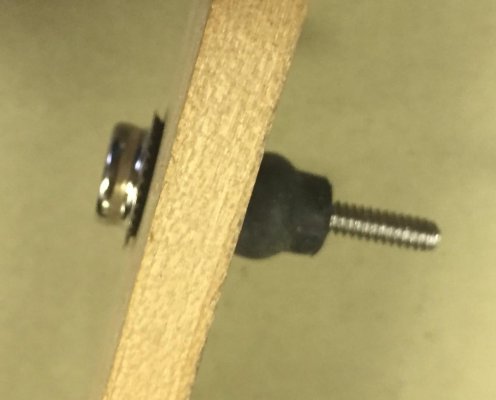jclays
Senior Member
Has anyone installed a threaded anchor such as ez loc anchors into a fiberglass deck? I’m assuming it’s solid fiberglass or thick layer of glass on plywood. It’s the foredeck next to the anchor locker on a97 MS 350 trawler.
I need to make a secure strong attachment. There is no access to the backside of the deck for backing plate or thru bolting.
Only other option are short 1/2 “dia screws.
Thoughts?
I need to make a secure strong attachment. There is no access to the backside of the deck for backing plate or thru bolting.
Only other option are short 1/2 “dia screws.
Thoughts?


